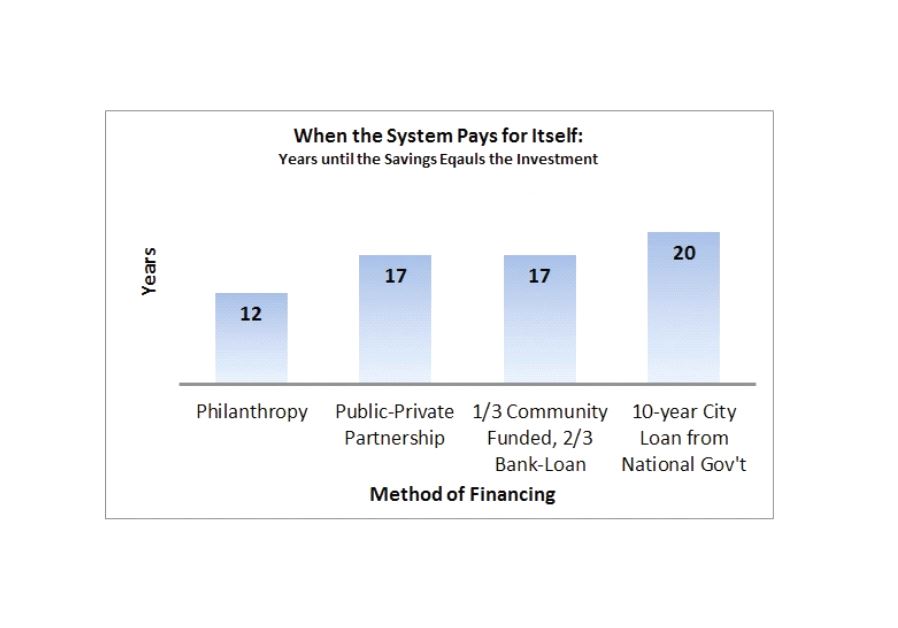The rain that pays for itself
Jerusalem has approximately 896,112 sq.m. of roof space on public buildings, which could yield a water saving of 384,253 cu.m. annually.
 Years until the Savings Equals the Investment(photo credit: JERUSALEM INSTITUTE FOR POLICY RESEARCH)
Years until the Savings Equals the Investment(photo credit: JERUSALEM INSTITUTE FOR POLICY RESEARCH)